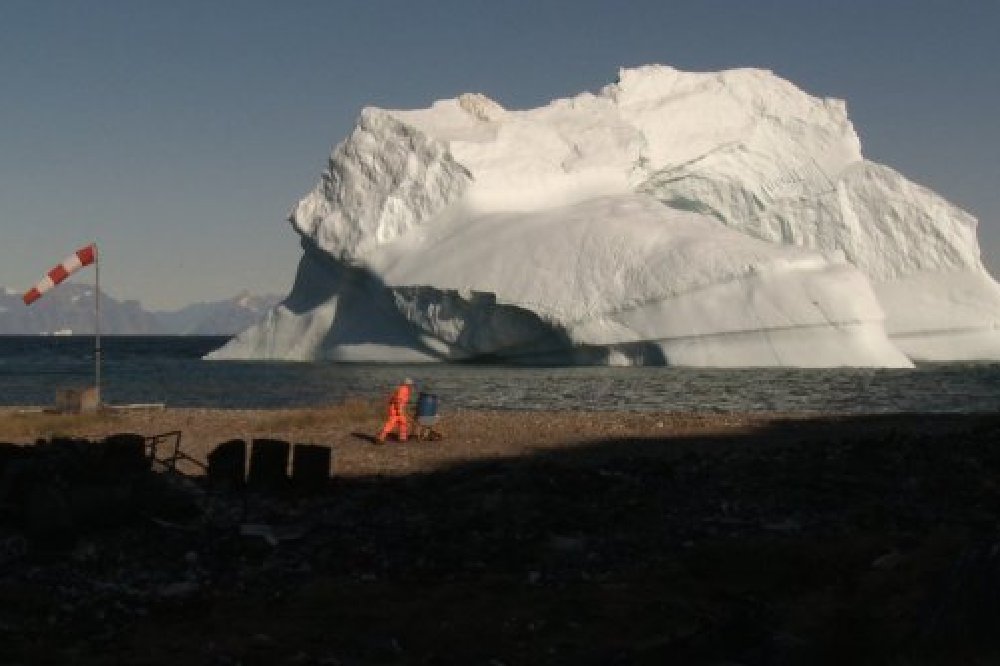
Village At The End Of The World
With a population of just 59 hardy souls, Niaqornat, North West Greenland, is not just one of the remotest, coldest and most far-flung corner of the earth: it is the Village At The End Of The World!
Like all villages, Niaqornat has its supporters and detractors amongst the local populace. For some it is paradise, they can’t imagine living anywhere else, for others it’s the last place on earth they want to be.
For most Niaqornat is simply home. But the village is at risk - if the
population falls below 50 there is a danger that the entire village will be relocated to the nearest town.
This fascinating feature documentary from British director Sarah Gavron (Brick Lane) and husband David Katznelson (Downton Abbey), follows the community over the course of a year as they try their best to save their village.
Village At The End Of The World reflects the dilemmas of most small communities all over the world, but this one just happens to be in one of the remotest spots on earth. It comes to UK cinemas on 10 May 2013 from Dogwoof.
Sarah Gavron moved with her family to Niaqornat for a year and along with cinematographer David Katznelson, filmed four very different inhabitants in the community, set against a stunning backdrop of snow covered mountains and icebergs.
Lars the Teenager: ‘It is lonely being a teenager here - there are no internet cafes, no bars, just the shop’. Lars has never ventured further than a few miles up the coast but has a rich virtual
life, chatting to his 200 Facebook friends across the globe, and keeping up to date with the latest trends. Lars is the next generation, he doesn’t want to hunt, he has other plans.
Karl the Hunter: is the most respected hunter in the region and as the head of the village is in charge of the efforts to re-open the fish factory.
Karl manages to combine the benefits of living in the 21st century with maintaining the age-old customs, but is concerned that the increasingly unstable ice and modern aspirations of the villagers mean the hunters way of life, once so vital to the existence of the community, will end with the next generation.
Ilannguaq the Outsider: originally from South Greenland he moved to Niaqornat for love, having found his girlfriend online. He has taken the job no one else wants, the daily collection of the bucket toilets from each home in a village without running water.
After five years in the village he finally feels he belongs, and keen to help his neighbours make a viable living he sets up a local tourism service.
Annie, the Oldest lady in Niaqornat: She can’t imagine living anywhere else and is related to almost all her neighbours. Annie can remember when the community relied on seal blubber for light, and lived just from what they caught locally, before the introduction of the regular supply ship.
Annie personifies a connection to the old life and makes the idea of the village disappearing loaded with poignancy.
Lars is the only teenager in town who, in a community of hunters doesn't want to hunt. Niaqornat in North West Greenland has a population of 59, if the population falls below 50 then the village loses its Danish subsidies and there is a danger of the entire village being relocated to the nearest town.
Whilst the rest of the community pull together to try and re-open the fishfactory, Lars begins to plan his escape.

